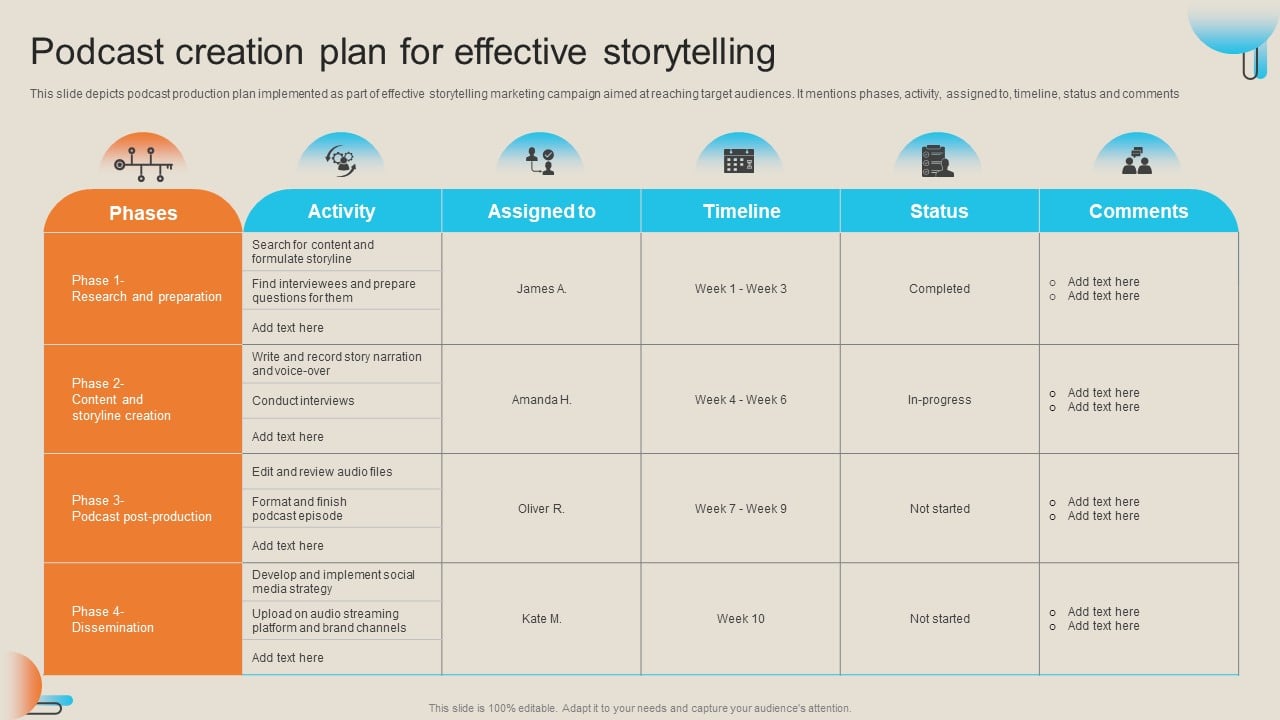Fact Or Fiction: Trump's Statements On US-Canada Trade Relations

Table of Contents
NAFTA/USMCA: A Legacy of Disruption
Trump's Criticism of NAFTA:
Trump repeatedly claimed that the North American Free Trade Agreement (NAFTA) was a "disaster" for the United States.
- Specific examples of his statements: He frequently cited job losses in the manufacturing sector and claimed that NAFTA had led to a trade deficit with Mexico and Canada. His rhetoric often portrayed the agreement as unfairly benefiting other nations at the expense of American workers.
- Counterpoints: Economic data suggests a more nuanced picture. While some sectors experienced job losses, others gained significantly. NAFTA facilitated increased trade and investment, fostering economic growth in all three participating countries. Studies from organizations like the Congressional Budget Office offered different perspectives on the overall economic impact.
- Analysis: While NAFTA certainly had its shortcomings and areas needing improvement, Trump's characterization as an unmitigated disaster was an oversimplification. His claims lacked the comprehensive economic analysis necessary to fully understand the complex impact of the agreement.
The USMCA Negotiation and its Outcomes:
The renegotiation of NAFTA into the United States-Mexico-Canada Agreement (USMCA) under Trump's administration aimed to address his concerns.
- Key changes implemented in the USMCA: The agreement included provisions aimed at increasing the percentage of goods manufactured in North America to qualify for tariff-free treatment, strengthened intellectual property protections, and addressed labor and environmental standards.
- Discussion: The USMCA did address some of Trump's concerns, particularly regarding rules of origin and labor provisions. However, the extent to which it truly benefited both the US and Canada remains a subject of debate among economists and trade experts. Some argue the changes were incremental and didn't significantly alter the fundamental nature of the trade relationship.
- Data: While economic data comparing NAFTA and USMCA performance is still emerging, early indicators suggest a continuation of established trade patterns, with a notable impact from external factors like the COVID-19 pandemic and global supply chain disruptions.
Tariffs and Trade Wars: A Look at the Impact
Steel and Aluminum Tariffs:
Trump's imposition of tariffs on Canadian steel and aluminum, justified on national security grounds, significantly impacted bilateral relations.
- Specific tariff rates and their rationale: The tariffs, initially set at 25% on steel and 10% on aluminum, were intended to protect American industries from what the administration deemed unfair competition.
- Counterpoints: Canada retaliated with its own tariffs on various US goods, leading to trade disputes and economic consequences for both nations. The tariffs disrupted established supply chains and increased costs for businesses.
- Analysis: These tariffs did little to achieve their stated goals and ultimately harmed businesses and consumers on both sides of the border. The retaliatory tariffs cancelled out much of the intended benefits.
Threats of Further Tariffs and Retaliation:
Trump frequently threatened to impose further tariffs on Canadian goods, creating uncertainty and tension.
- Examples of threatened tariffs and the resulting diplomatic tensions: Threats were leveled against the Canadian dairy industry and other sectors, escalating diplomatic tensions and impacting investor confidence.
- Analysis: These threats, even if not always followed through, significantly damaged the trust and predictability essential for a healthy trade relationship. The constant uncertainty undermined long-term investment planning.
- Discussion: The overall impact of tariff threats on market stability and investor confidence was profoundly negative. It created a climate of fear and uncertainty that hindered economic growth and cooperation.
The "Buy American" Agenda and its Canadian Implications
Impact on Government Procurement:
Trump's "Buy American" policies aimed to prioritize American companies in government contracts, potentially excluding Canadian businesses.
- Specific examples of policies impacting Canadian businesses: Changes in procurement rules favored US-based suppliers, potentially limiting opportunities for Canadian firms participating in US government projects.
- Analysis: While intended to boost domestic industries, the long-term effectiveness of these policies is questionable, potentially leading to increased costs and reduced competition.
- Discussion: These policies created a more protectionist environment, impacting long-term bilateral trade and fostering resentment.
Energy Sector Implications:
Trump's energy policies, particularly regarding oil and gas, had implications for the Canadian energy sector.
- Key policies and their influence on energy exports: Restrictions on Canadian oil imports, influenced by domestic lobbying and a focus on energy independence, impacted the flow of Canadian energy exports to the US.
- Analysis: These policies disproportionately affected Canadian energy companies and dampened investment in the sector.
- Discussion: The long-term consequences for energy security and trade between the two countries include increased reliance on less stable energy sources and potential trade disputes.
Conclusion
This examination of Trump US-Canada trade statements reveals a complex picture. While some of his criticisms of NAFTA held merit, his characterizations were often overstated and his policy responses, such as tariffs and "Buy American" initiatives, often proved counterproductive, harming both the US and Canadian economies. The constant threat of trade wars significantly undermined trust and predictability in the relationship. To fully understand the lasting consequences of these policies, ongoing analysis is crucial.
To gain a deeper, fact-based understanding of the complexities of US-Canada trade relations under the Trump administration, further research using reliable sources is encouraged. Continue to critically examine future Trump US-Canada trade statements and their impact on the vital economic partnership between the two nations.

Featured Posts
-
 Kid Cudi Auction Personal Items Sell For Unexpectedly High Prices
May 16, 2025
Kid Cudi Auction Personal Items Sell For Unexpectedly High Prices
May 16, 2025 -
 Heat Butler Rift Jersey Numbers Reflect Deep Seated Tension Hall Of Famers Involvement
May 16, 2025
Heat Butler Rift Jersey Numbers Reflect Deep Seated Tension Hall Of Famers Involvement
May 16, 2025 -
 La Liga President Tebas Criticizes Ancelottis Rest Demands For Real Madrid
May 16, 2025
La Liga President Tebas Criticizes Ancelottis Rest Demands For Real Madrid
May 16, 2025 -
 Ai Powered Podcast Creation Turning Repetitive Scatological Texts Into Engaging Content
May 16, 2025
Ai Powered Podcast Creation Turning Repetitive Scatological Texts Into Engaging Content
May 16, 2025 -
 La Liga Live Stream Watch Barcelona Vs Real Betis Online For Free
May 16, 2025
La Liga Live Stream Watch Barcelona Vs Real Betis Online For Free
May 16, 2025
